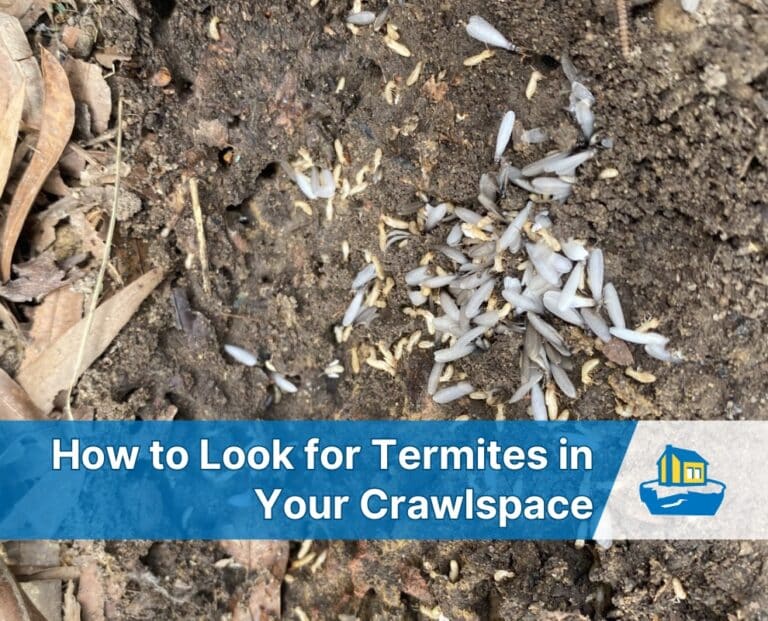4.9 1890+ Google Reviews

There are many different kinds of termites, but we're focusing on how to know if you have subterranean termites.
Subterranean termites are one of the most destructive pests, capable of causing extensive damage to your wooden structures and home’s foundation. Found throughout the United States, these termites are responsible for significant property damage every year.
In fact, the USDA believes termites cause $1 Billion to $7 Billion in damage every year.
This guide focuses exclusively on checking for subterranean termites, providing you with extensive knowledge on early detection, termite control, and preventative measures to protect your home from serious damage.
Early detection is the easiest way to prevent a termite problem from turning into significant damage. When looking for subterranean termites, keep a keen eye out for:
When you detect signs of a termite infestation—such as mud tunnels, live termites, termite wings from termite swarmers—it’s time to act. An active infestation of subterranean termites requires prompt intervention:
The best way to safeguard your home is to prevent subterranean termite infestations before they start. Here are some strategies to consider:
Pressure treated wood is designed to be more resistant to pests, including subterranean termites, because it’s infused with chemicals that deter feeding. However, if the treatment deteriorates over time or if other food sources are scarce, even subterranean termites might nibble on it.
Plus, they can still build their tubes on pressure treated wood.
While subterranean termites primarily feed on wood, they can also damage drywall if it is in close proximity to their nest or if it contains cellulose. Usually, termites eat the paper backing of drywall and not the gypsum.
Subterranean termites are highly resilient and adapt to colder temperatures by retreating into warmer, more insulated areas such as the soil beneath your home. They become less active during winter but do not die off entirely, which is why year-round inspections are important.
Subterranean termites are attracted to moisture and cellulose found in wood. Water damage, moisture-damaged wood, and direct wood-to-soil contact are common attractants. Additionally, food sources such as decaying wood can lure them to your property.
Not all termites have wings. Only the reproductive members (termite swarmers) develop wings. When you see termite wings (either front wings or back wings), it indicates that these termites are ready to form a new colony. However, you usually won't see termites with wings. Rather, you will see piles of their wings.
Active termite tubes are moist and darker. Conversely, inactive tubes are dry and lighter. Plus, active termite tubes usually have termites in them. Break the tube and look for termites inside.
Subterranean termites typically enter your home from the soil, especially where there is direct wood-to-soil contact. They are attracted by moisture and water damage, which often create entry points through small cracks and damaged areas.
Yes, subterranean termites primarily feed on wood and other cellulose materials. Their feeding habits can lead to structural damage as they consume wood from floor joists, door frames, and other essential areas.
Most insurance companies and homeowners insurance policies do not cover termite damage, as it is considered a preventable maintenance issue. It’s advisable to review your policy and consider preventative treatments to avoid costly repairs.
The cost of a termite inspection for subterranean termites typically ranges from $75 to $150, depending on your location and the size of your property. You should never accept a free termite inspection.
Now you know how to look for termites. By following these detailed inspection, control, and prevention tips—specifically tailored for subterranean termites—you can confidently protect your home from extensive damage and the formation of new colonies. Early detection is the easiest way to avoid significant problems. Stay proactive, and if you ever spot mud tunnels, termite droppings, or visible signs of termite activity, seek professional help from a termite expert to ensure your home remains secure against these destructive pests.